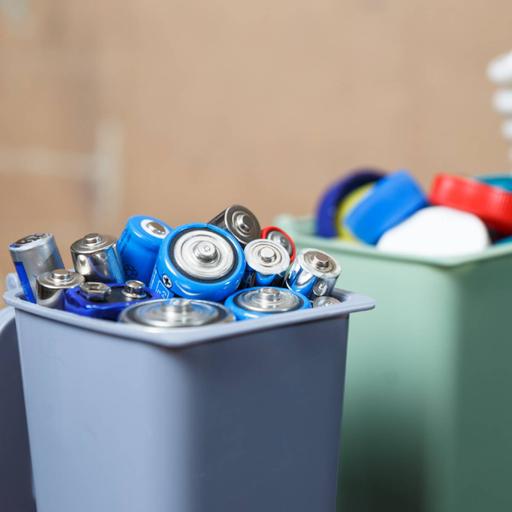e-Waste Management
Presentations | English
Electronic waste or e-waste describes discarded electrical or electronic devices. Used electronics which are destined for refurbishment, reuse, resale, salvage recycling through material recovery, or disposal are also considered e-waste. Informal processing of e-waste in developing countries can lead to adverse human health effects and environmental pollution. Electronic scrap components, such as CPUs, contain potentially harmful materials such as lead, cadmium, beryllium, or brominated flame retardants. Recycling and disposal of e-waste may involve significant risk to health of workers and their communities. E-waste or electronic waste is created when an electronic product is discarded after the end of its useful life. The rapid expansion of technology and the consumption driven society results in the creation of a very large amount of e-waste. The European Waste Electrical and Electronic Equipment Directive classifies waste in ten categories: large household appliances (including cooling and freezing appliances), Small household appliances, IT equipment (including monitors), Consumer electronics (including TVs), Lamps and Luminaires, Toys, Tools, Medical devices, Monitoring and control instruments and Automatic dispensers. These include used electronics which are destined for reuse, resale, salvage, recycling, or disposal as well as re-usable and secondary raw materials.

26.25
Lumens
PPTX (105 Slides)
e-Waste Management
Presentations | English
